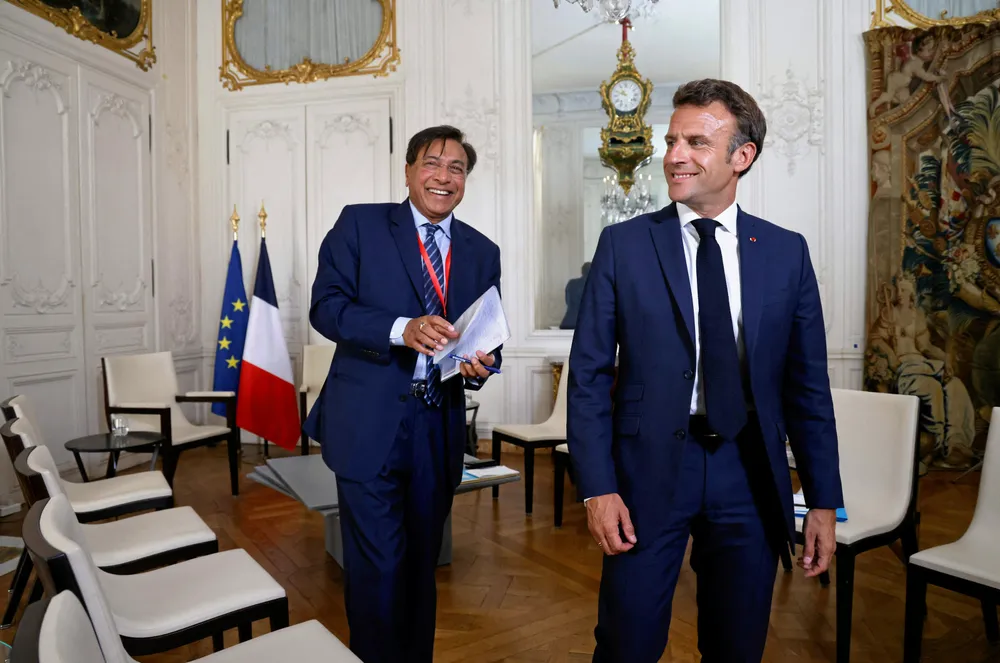'Greenwash' | ArcelorMittal taking more than $1.2bn in green hydrogen subsidies while building new coal-fired furnaces in India
Spain and Germany lining up €515m ($550m) of grants for green steel projects, following $655m subsidy given by Canadian authorities for 'hydrogen-ready' plant
